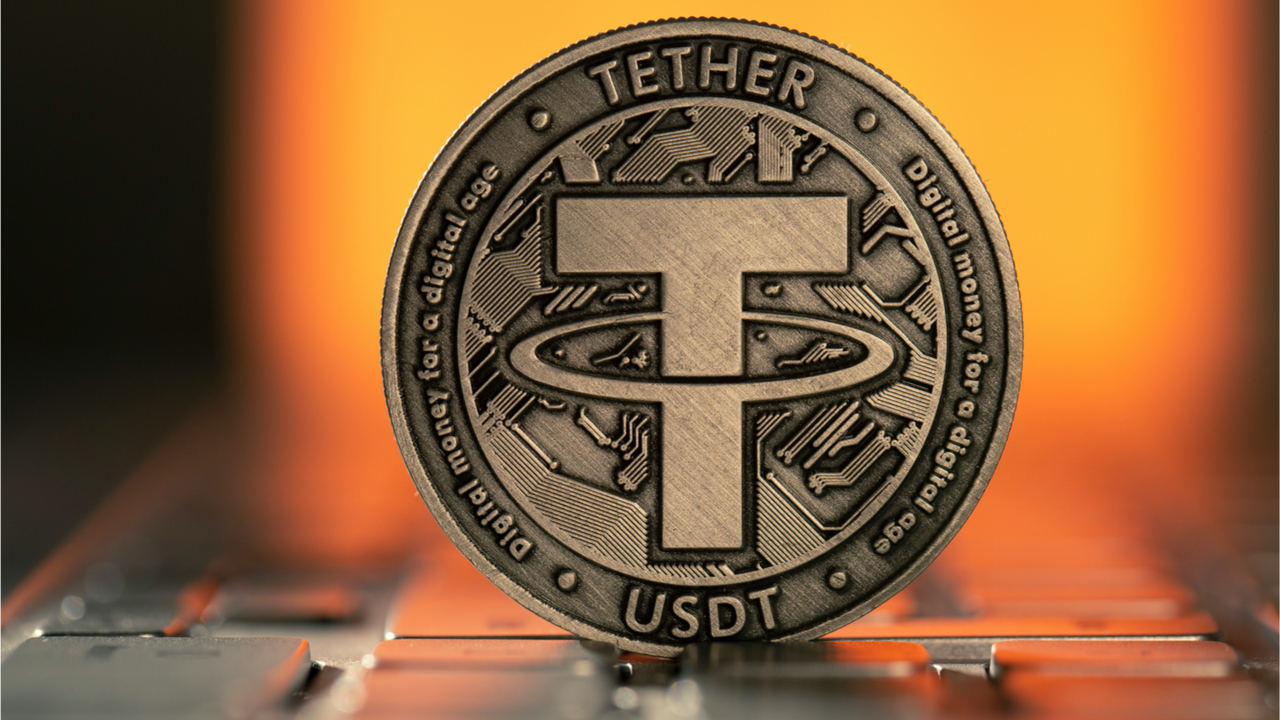Tether (USDT) is on the verge of a monumental milestone, with its market capitalization approaching $120 billion for the first time. According to BeinCrypto, this surge follows Tether’s recent $1 billion minting on the Ethereum blockchain, pushing its total market cap to $119 billion. Over the past year, Tether has minted a staggering $35 billion worth of USDT, further solidifying its position as the largest stablecoin in the cryptocurrency ecosystem.
USDT’s Unmatched Growth
This remarkable growth highlights USDT’s unparalleled dominance in the stablecoin market, leaving its closest competitor, Circle’s USDC, far behind. USDC’s market cap, as of Q2 2024, accounts for less than one-third of Tether’s share, underscoring the massive lead USDT has maintained.
Tether’s market capitalization surge is fueled by its extensive adoption and innovative business model. Currently, Tether holds over $97 billion in US Treasuries and repurchase agreements, making it the 18th largest holder of US Treasuries globally. Surprisingly, Tether surpasses several advanced economies, including Germany, the UAE, and Australia, in terms of US Treasury holdings. This underscores its growing financial influence beyond the crypto space.
Real-World Applications Drive Adoption
Stablecoins, like USDT, have proven themselves as one of the most practical applications of cryptocurrency. In volatile markets, stablecoins provide a reliable alternative, offering users a means to store value and facilitate transactions without worrying about price fluctuations. Tether’s widespread use has gained significant traction in emerging markets, such as Nigeria, where residents increasingly rely on stablecoins for savings, payments, and cross-border transactions.
With over 350 million users globally, USDT has achieved extensive adoption, particularly in markets that value stability in the face of economic uncertainty. This massive user base has contributed significantly to Tether’s profitability. According to Token Terminal data, Tether’s business model has been incredibly lucrative, generating more than $400 million in profits over the past 30 days alone.
Diversification and Expansion Efforts
Beyond its success in the stablecoin arena, Tether is diversifying its operations. The company has restructured its activities into four divisions: finance, data, education, and power. These moves are part of Tether’s broader strategy to expand its presence into new sectors such as agriculture, AI, and Bitcoin mining. By branching out, Tether aims to further support USDT’s distribution and ensure long-term sustainability.
Despite these ambitious expansions, Tether has not escaped criticism. Consumers’ Research has voiced concerns over the potential risks associated with Tether’s business model, particularly regarding its reserves. The transparency of Tether’s financial backing has been a contentious issue among regulators and market observers, who warn of potential exposure to significant user risks.
Also Read: BitGo Unveils USDS: A Reward-Bearing Stablecoin – Will it Challenge the Dominance of USDT and USDC?
As Tether’s market capitalization inches closer to $120 billion, its role as the world’s leading stablecoin becomes more pronounced. However, its journey remains marked by both massive success and ongoing scrutiny. With a growing footprint in the real world and diversification into new sectors, Tether appears poised to maintain its dominance in the stablecoin market. But as concerns about transparency and reserves continue, it remains to be seen how long Tether can sustain its leading position without facing regulatory hurdles.
For now, USDT’s future seems secure, with its unparalleled growth cementing its place as a cornerstone in the cryptocurrency ecosystem.
Disclaimer: The information in this article is for general purposes only and does not constitute financial advice. The author’s views are personal and may not reflect the views of Chain Affairs. Before making any investment decisions, you should always conduct your own research. Chain Affairs is not responsible for any financial losses.





